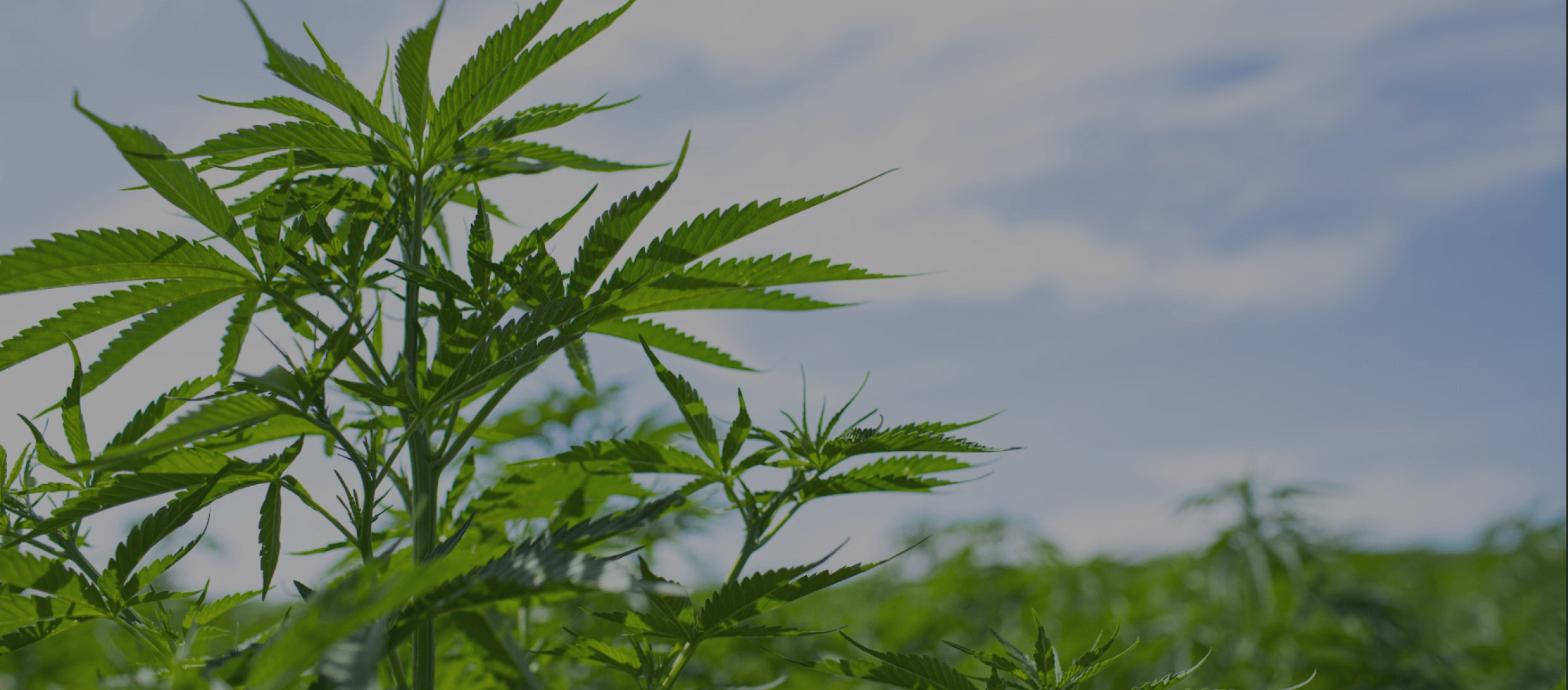
Why Are Cannabinoids Important?



The Cannabis plant represents a powerful resource for medicine and health; once recognized throughout human history and confirmed by cutting edge modern science. When most people think of cannabinoids, they think of phytocannabinoids: THC (tetrahydrocannabinol) or CBD (cannabidiol), derived from cannabis. Historically the psychoactive (intoxicating) effect of THC has been considered the most important part of cannabis. This property was once revered but eventually caused cannabis to become reviled. Today cannabis is experiencing a resurgence driven in part by THC but also by a modern understanding of other non-psychoactive (not intoxicating) cannabinoids like CBD which can have powerful but sometimes subtle effects on the human body. THC, CBD, and over one hundred other cannabinoids affect us by tapping into a communication network at the cellular level known as the endocannabinoid system.
The endocannabinoid system consists of a variety of endocannabinoids that our tissues naturally produce to signal through cannabinoid receptors presented on the surface of the cells in our tissues; proteins our cells use to sense chemicals in their environment and signal changes in their internal physiology. The human endocannabinoid system affects an array of functions, regulating sleep, hunger, body temperature, general metabolism, immune function, sexuality



The main endocannabinoid receptors are CB1 and CB2. CB1 is predominantly found on the surface of cells in the brain and central nervous system where its activation calms nervous stimulation down. CB2 is mostly located on cells outside the central nervous system; in organs and cells of the immune and gastrointestinal systems where cannabinoids regulate responses to infection and inflammation. Our endocannabinoids are produced by cells from fats making up cell membranes. The two main forms of endocannabinoids are Anandamide (AEA or arachidonoyl ethanolamide) and 2-Arachidonoylglycerol (2-AG). Endocannabinoids are made by cells on demand to trigger focused, short-term changes in our physiology, and are degraded soon after. AEA principally activates CB1, while 2-AG stimulates CB2. Anandamide is easily stimulated by exercise, producing feelings of pleasant contentment, easing pain, and boosting appetite. It also affects memory formation, fertility, and immune function. 2-AG affects how nerve cells use calcium, preventing nervous overstimulation and protecting the cardiovascular system. In contrast phytocannabinoids can stimulate whole body responses with effects that last until they are removed from our bodies by metabolism in the liver.
Recent research has broadened the field of endocannabinoid receptors to include new targets such as receptors involved in the sensing of pain and/or heat (TRPV1, TRPV2, and GPR18), along with receptors activated by inflammation (GPR18, GPR55, and GPR119). The discovery that these receptors are also members of the endocannabinoid system means they can also be treated as new candidates of phytocannabinoid targets in the body.
